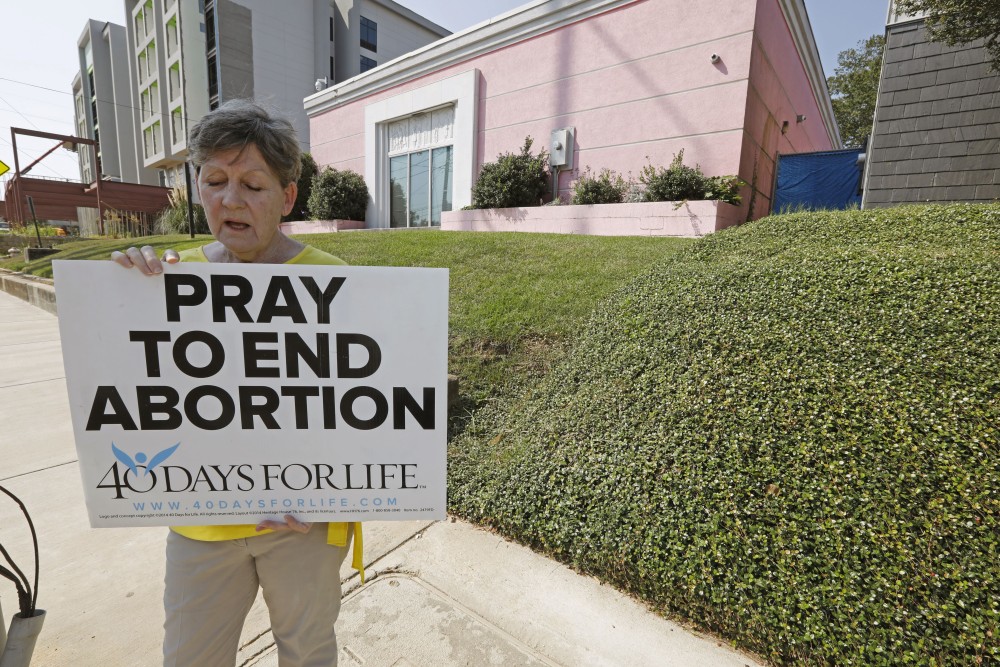Conservatives push big issues to forefront at Supreme Court

Abortion. Guns. Religion. A Trump-fortified conservative majority is making its presence felt at the Supreme Court by quickly wading into high-profile social issues that have long been goals of the right.
For years, frustrated conservatives, including some justices, chided the court with its majority of Republican appointees for not going far enough on some issues and for passing on others altogether.
Now, with three appointees of former president Trump on the nine-member court, longer-serving conservative justices Samuel Alito and Clarence Thomas can cobble together 5–4 majorities even without the vote of Chief Justice John Roberts.




